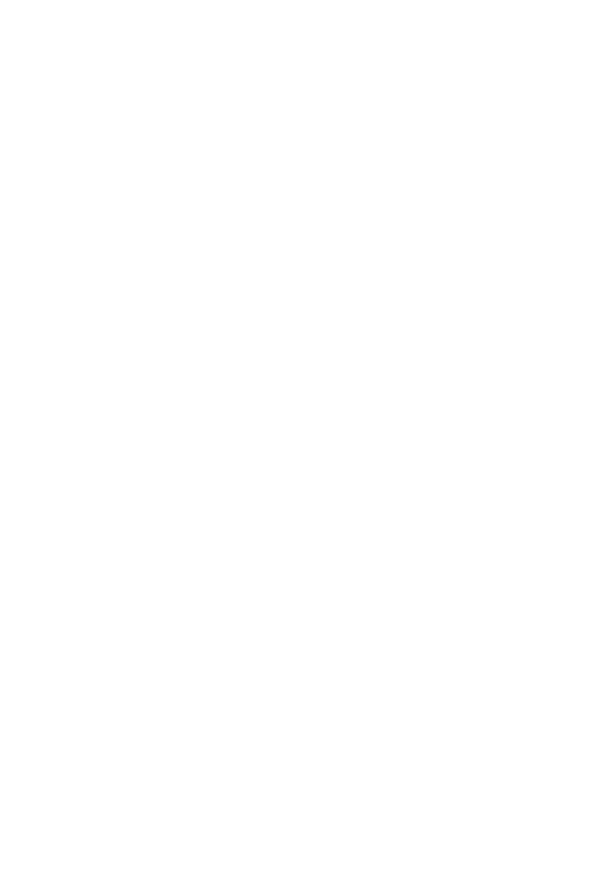
cials, see John Brunderman interview (May 17, 2004).The White House video teleconference was not connected
into the area of the NMCC where the crisis was being managed.Thus the director of the operations team--who
was on the phone with NORAD--did not have the benefit of information being shared on the video teleconfer-
ence. See, e.g., Charles Leidig interview (Apr. 29, 2004); Montague Winfield interview (Apr. 26, 2004); Patrick Gard-
ner interview (May 12, 2004). Moreover, when the Secretary and Vice Chairman later participated in the White
House video teleconference, they were necessarily absent from the NMCC and unable to provide guidance to the
operations team. See DOD report, OT-2 Analysis of NMCC Response to Terrorist Attack on 11 SEP 01, Oct. 4,
2001; John Brunderman interview (May 17, 2004).
mation. If the situation escalates, a threat conference may be convened. On 9/11, there was no preset teleconference
for a domestic terrorist attack. NMCC and National Military Joint Intelligence Center (NMJIC) briefing (July 21,
2003). For the content of the conferences on 9/11, see DOD transcript,Air Threat Conference Call, Sept. 11, 2001.
ference Call, Sept. 11, 2001. For the FAA representative, see Rayford Brooks interview (Apr. 15, 2004).
198. DOD transcript, Air Threat Conference Call, Sept. 11, 2001.
199. On the briefing, see ibid.The Vice Chairman was on Capitol Hill when the Pentagon was struck, and he
man being out of the country, see DOD record, Deputy Director for Operations Passdown Log, Sept. 11, 2001.
201. Ibid.
202. Ibid.
203. For the President being informed at 9:05, see White House record, President's Daily Diary, Sept. 11, 2001.
ident's reaction, see President Bush and Vice President Cheney meeting (Apr. 29, 2004).
(in the holding room). For his calls, see White House record, President's Daily Diary, Sept. 11, 2001 (9:15 call to
Vice President); Deborah Loewer meeting (Feb. 6, 2004) (call to Rice); President Bush and Vice President Cheney
meeting (Apr. 29, 2004) (call to Pataki); White House record, Secure Switchboard Log, Sept. 11, 2001 (call to
Mueller). For the decision to make a statement, see Ari Fleischer interview (Apr. 22, 2004). For the Secret Service's
perspective, see Edward Marinzel interview (Apr. 21, 2004).
additional aircraft, see, e.g., Andrew Card meeting (Mar. 31, 2004). On decisions and the focus on the President's
speech, see President Bush and Vice President Cheney meeting (Apr. 29, 2004); Ari Fleischer interview (Apr. 22,
2004); Andrew Card meeting (Mar. 31, 2004).
the President learned about the Pentagon while in the motorcade.Ari Fleischer interview (Apr. 22, 2004). For the
President's actions and statements to the Vice President, see Ari Fleischer interview (Apr. 22, 2004);White House
notes, Ari Fleischer notes, Sept. 11, 2001.
desire to return, see White House transcript,Vice President Cheney interview with Newsweek, Nov. 19, 2001, p. 5.
For the Vice President's recollection, see President Bush and Vice President Cheney meeting (Apr. 29, 2004). For
time of departure, see USSS record, Command Post Protectee Log, Sept. 11, 2001. On Air Force One's objectives
on takeoff, see Edward Marinzel interview (Apr. 21, 2004).